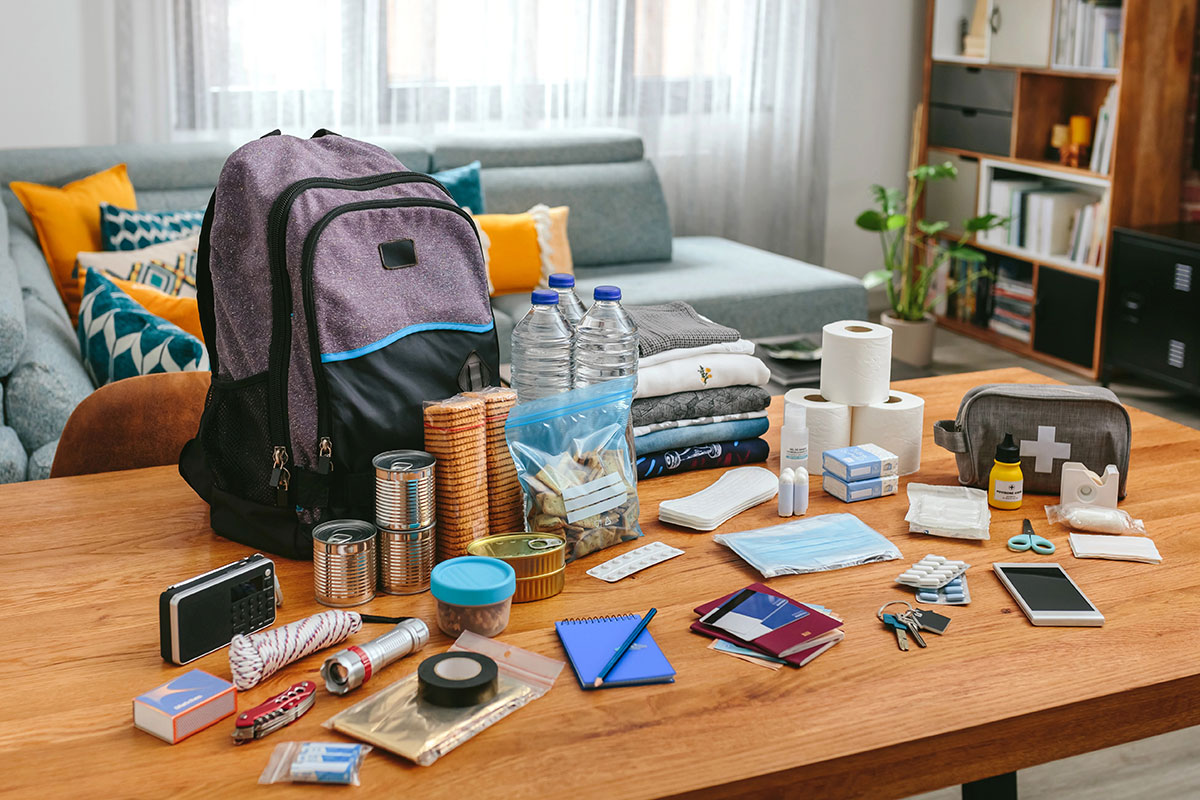To prepare for a pending natural disaster, you should make a family plan, build an emergency kit, and take specific actions based on the type of disaster. Your plan should include meeting places and evacuation routes, while your kit should contain essentials like water, food, a first aid kit, and a weather radio. Additionally, secure your home, know how to shut off utilities, and consider regional-specific preparations for events like hurricanes or earthquakes.
1. Make a plan
- Sign up for alerts: Enroll in local emergency alerts to receive warnings for your area.
- Establish meeting places: Designate a place for your family to meet both inside and outside your neighborhood in case you get separated.
- Plan escape routes: Identify and practice multiple evacuation routes, as some roads may be impassable.
- Know utility shut-offs: Everyone in the family should know how to shut off gas, water, and electricity and where to find the necessary tools.
- Plan for special needs: Make special arrangements for family members with disabilities, children, or pets.
- Plan for pets: Research pet-friendly hotels and animal shelters along your evacuation routes.
2. Build an emergency kit
- Store essentials: Keep a kit with a minimum three-day supply of food and water for each person, plus a gallon of water per person per day for drinking and sanitation.
- Gather supplies: Include a first aid kit, a flashlight with extra batteries, a whistle to signal for help, and a hand-crank or NOAA Weather Radio.
- Add personal items: Pack necessary medications, a supply of non-perishable food, and hygiene items.
- Keep documents safe: Store copies of important family documents, insurance policies, and identification in a waterproof container or save them electronically.
- Include cash and tools: Keep some cash on hand and a basic tool kit for any necessary repairs.
3. Take action based on disaster type
- For hurricanes: Secure outdoor items, cover windows and doors, and take steps to flood-proof your home.
- For earthquakes: Secure heavy furniture to the walls and know how to shut off your gas and water.
- For tornadoes: Identify your family’s safe place, which is often a basement or an interior room without windows, and check your exterior doors.
- For floods: Understand different flood alerts, knowing that a Flood Warning requires immediate action, and a Flash Flood Warning means you should immediately seek higher ground.
- For any disaster: Make sure you have fire extinguishers and install carbon monoxide alarms, particularly near sleeping areas.

